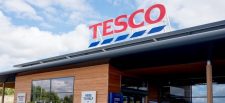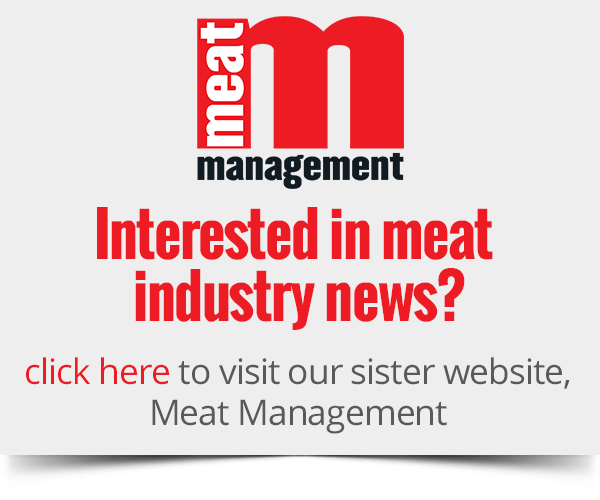The organic food market has seen a 16% decline in volume sales for the second quarter of the year, and pricing is a factor, according to the Agriculture and Horticulture Development Board (AHDB).
The label “organic” indicates that a food product has been grown or farmed without the use of additives such as artificial chemicals, hormones or antibiotics.
Latest figures from AHDB report that after a “relatively long period of growth”, organic dairy products have seen a steep decline in volume sales since January 2022, which is claimed to correlate with a rapid increase in price. Organic dairy currently accounts for 2.9% of total dairy retail volumes.
Despite both organic and non-organic dairy experiencing a 3% increase in price, organic dairy has only seen a 2% volume decline year-on-year whilst non-organic dairy recorded a sharper decline of 6.5% year-on-year.
Whilst organic dairy has seen an increase in prices, this has correlated with a smaller drop in volume sales. ADHB said that consumers are “willing” to buy organic foods, however the price “remains a key barrier, and this is made worse by inflation.”
Challenges for meat
In July this year, organic meat and poultry (MP) made up a 0.2% share of the total MP market volume measured from July last year, however volume sales of organic MP have seen a consistent decline since October 2021.
This decrease in volume coincides with “a significant rise in price” since October 2021, with the average price of organic MP increasing by 5%. The average price of its non-organic equivalent reported a 4% increase over the same period.
Clearer messaging
According to AHDB, the rising cost of food and drink is causing a change in consumer behaviour, and this is no different for those who buy organic.
AHDB said: “In the long term, organic [food] needs to continue to increase its visibility and justify that price premium by highlighting its environmental and health benefits.”









